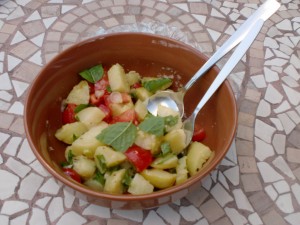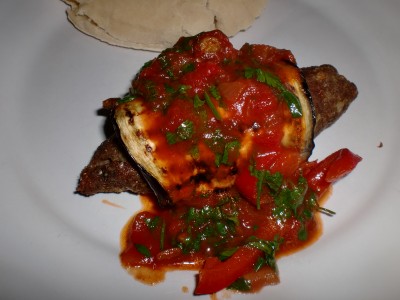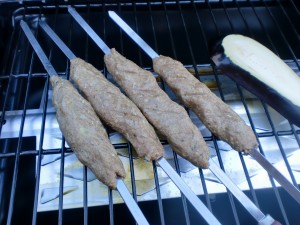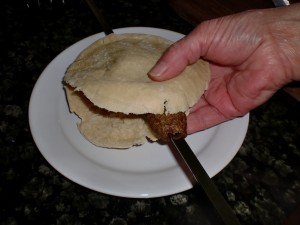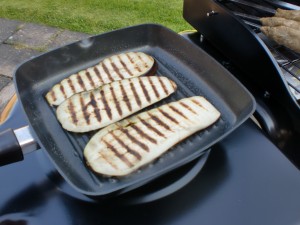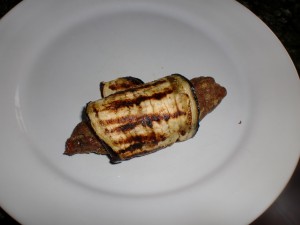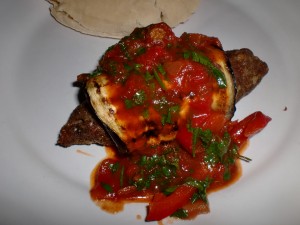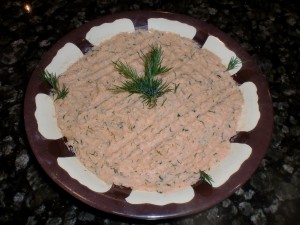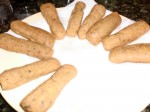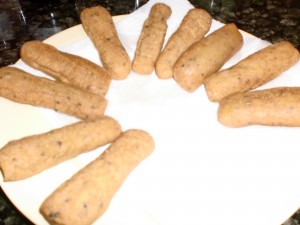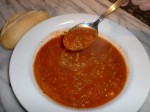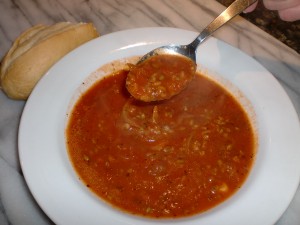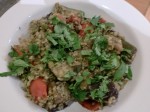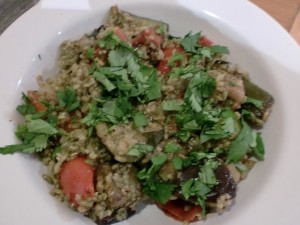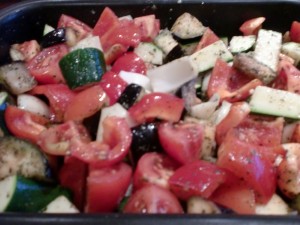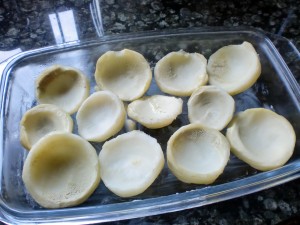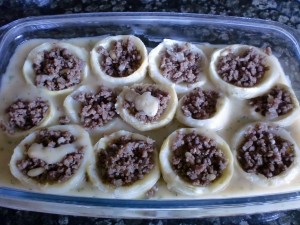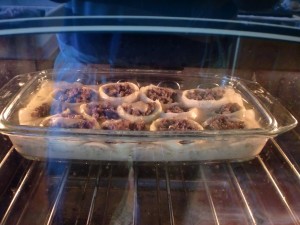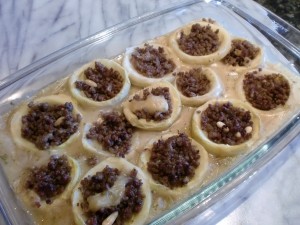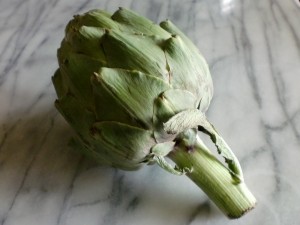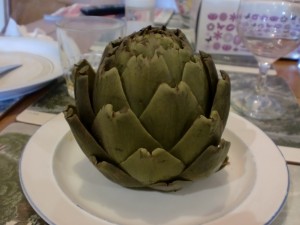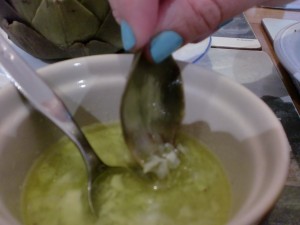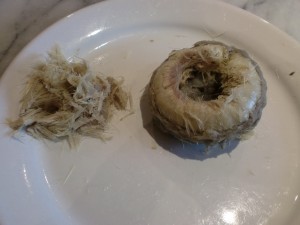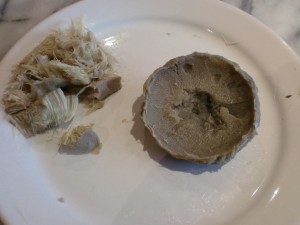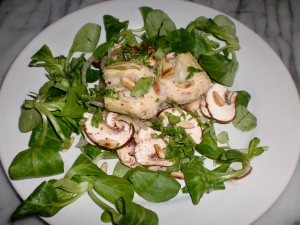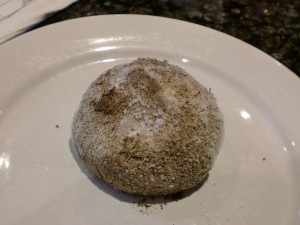Amar al Deen or Amar Addeen is a combination of two words in Arabic: Amar (moon) al Deen (the religion). Amar al Deen or Amar Addeen is basically made from sheets of dried compressed apricots, usually sold in packets of 500g/1lb 2oz.
In order to prepare the Apricot Drink Sharab Amar al Deen, the apricot sheets: amar addeen should be soaked for several hours, it is customary to serve the drink at Iftar during the holy month of Ramadan as it is refreshing. Arabic ice cream makers also use it to flavour their ice creams because it gives a deep apricot colour and an exquisite taste.
Traditionally, pine nuts, pistachio nuts and almonds are added on top before serving. In addition, almonds with the skin on are preferred to blanched almonds because once soaked, they plump up bringing a fresher sweeter taste which complements the drink.
Makes about 1.2 litres/ 2 pints
Ingredients
- 500g / 1lb 2 oz Amar Addeen
- 1 litre/ 1¾ pints tap water
- 4 tbsp rose water
- Sugar to taste (optional)
- 25g/1oz pine nuts soaked for a couple of hours in cold water
- 40g/ 1½ oz almonds with the skin on, soaked for several hours in cold water. Alternatively, blanched almonds could be used: no pre-soaking is required.
- 40g/ 1½ oz pistachio nuts
Method
Using a sharp knife or kitchen scissors cut across the folding line of the sheets then cut again into small pieces and put in a large deep bowl, pour the water over, cover with clingfilm and let them soak for several hours, preferably overnight. After that period of time, the amar addeen pieces should have softened, give the mixture a good stir then tip into a saucepan. Using a gentle heat, simmer, stirring occasionally until every bit of amar addeen is dissolved. Alternatively, blend the mixture in an electric blender until smooth. Taste, and if you like it sweeter add sugar to taste at the final stage, then give the mixture a good stir or blend again. It should feel smooth and velvety, equally important, it should have the consistency of a pouring cream. If it is too thick (as that depends on the quality of the apricots), thin it down with more water.
Finally, if using heat, let the mixture cool slightly before pouring it into a jug, pop it into the fridge and let it chill for several hours before serving it.
To serve: peel the soaked almonds, next, tip ice cubes into the serving glasses before pouring the chilled amar-addeen drink over. Sprinkle the nuts on top and enjoy, however, if you are allergic to nuts, you can omit them.
What if you cannot find amar-addeen?
Dried apricots give a similar effect. Prepare and follow the instructions as described for amar addeen, however, you need to add sugar to sweeten it, about 50g/2oz for 250g/9oz dried apricots. I also noticed that you need to increase the amount of water (almost the double of what is required for the same quantity of amar addeen). Importantly, if you want to achieve a smooth texture, once the apricots are thoroughly blended, strain through a sieve, chill then serve.



